Victory Loves Preparation: Farm to Cup - Step 2
While the process of picking, washing, and drying coffee beans is intensive, the next steps require just as much focus and energy.
In this blog, we will pick up at the coffee plantation of Milton Rivadeneira. The story will be told through the eyes of Shane Buerster, Z Beans Coffee's founder.
...
It's 10:00 at night. Milton and I are sitting around the table with friends, chatting about coffee and what could possibly be.
It's time. I stand up, tap Milton on the shoulder, and we walk over and sit on a bench away far from everyone.
"Milton, you have a very high quality coffee, and I want to support you for years to come. Would you be interested in selling your coffee at $2.20 per pound."
"That's low for the quality of my product. I was thinking $2.80 per pound. Nescafe will be here in a couple of weeks, and I know they will be buying it for nearly $3 per pound."
"Milton, we can't do $2.80. That's too far above market price, and it won't allow us to be competitive in our market in The States. I'll do $2.50 per pound, and that is top dollar."
"$2.50?"
"Yes"
"That'll do."
We shake on it.
...
Tomorrow morning, the moving truck arrives. Arturo and I load up 5,000 pounds of coffee, say our goodbyes, and head to Zaruma.
We follow the truck for the first part of the trip, stopping at all the police blockades, helping the drivers explain to the policeman what we are doing. There aren't many other exporters pulling coffee from all over Ecuador, so we must have all of our documents organized. The police are on high alert due to contraband frequently coming in from Colombia and Peru.
An hour into our trip, we break apart from the truck. We pass it, praying that we see it in Piñas at the processing facility.
After a 4 hour bus ride, Arturo and I arrive to Quito, the capital. We stop for the night, take a break, and eat.
The next morning, we receive a text from Mrs. Marie and Fabricio, the owners of the processing facility: The Coffee Has Arrived!
...
As soon as Arturo and I arrive to the processing facility, I run up stairs. There they are. The brightly colored blue and red bags - just as we stacked them in the truck.
I pick one up by throwing it on my right shoulder - walk it over to the first machine - open up the bag - and dump the dried husks into the machine. I flip the on switch, and the husks immediately start to fall through the small holes.
The machine does its job perfectly. It prevents the sticks, rocks, and other debris from going down into the peeling machine.
After repeating this process with 5 different bags, I yell down to Fabricio.
"Fabricio, it's ready!"
He rings the bell - the peeling machine starts up - and I run down the stairs, eager to see how the green coffee beans look...

0 comments